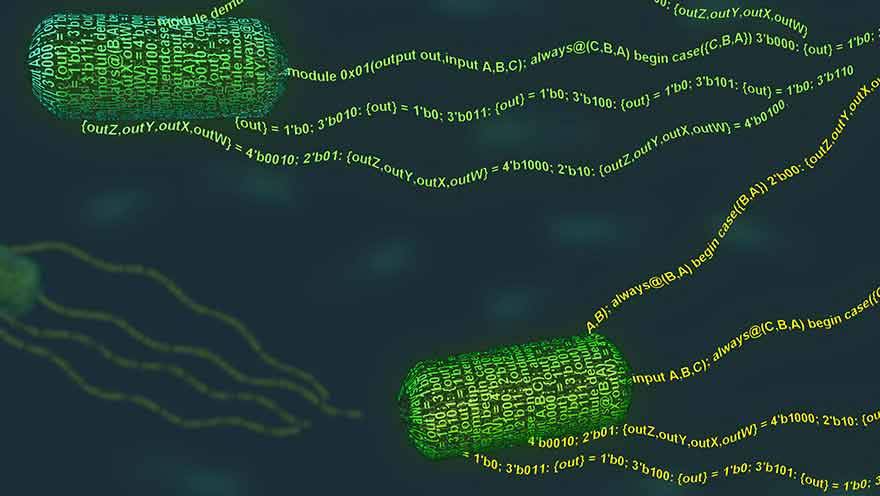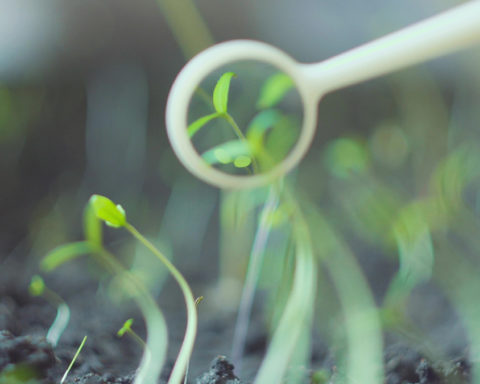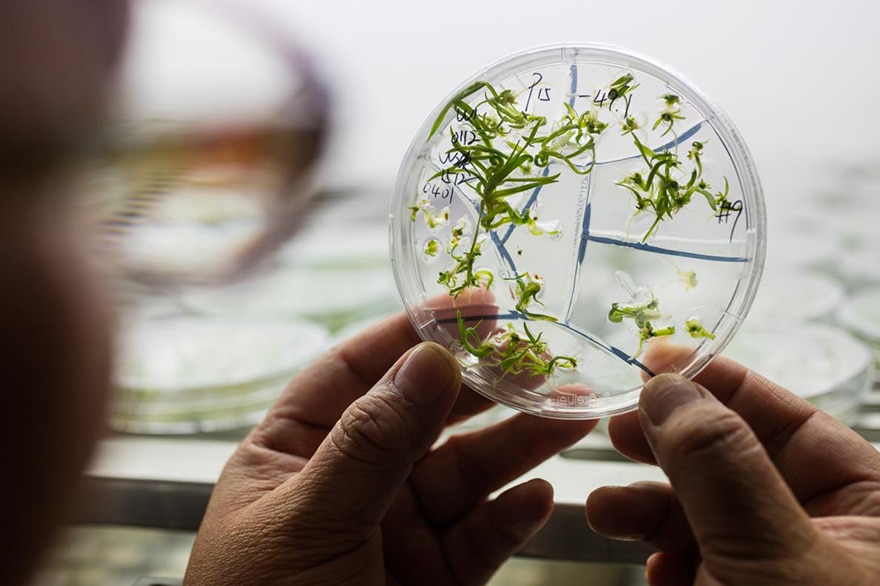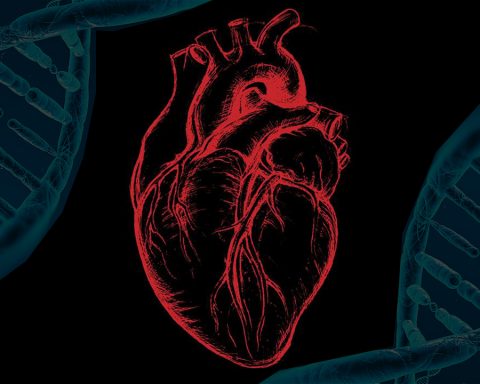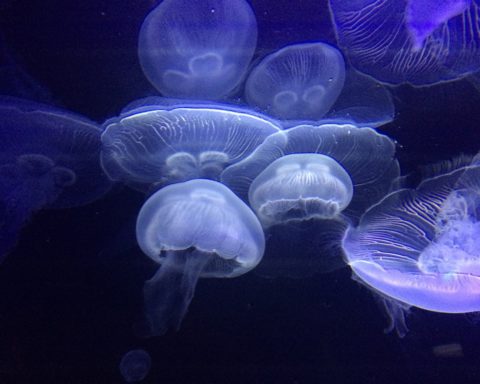15 years of preparation

Biological circuit boards in living organisms
A dizzying field of applications
A power beyond us?
READ UP : A French biologist invents the absolute weapon to correct, improve or reedit life


READ UP : A French biologist invents the absolute weapon to correct, improve or reedit life




Already registered? I'm connecting
Register and read three articles for free. Subscribe to our newsletter to keep up to date with the latest news.
→ Register for free to continue reading.

You have received 3 free articles to discover UP'.
